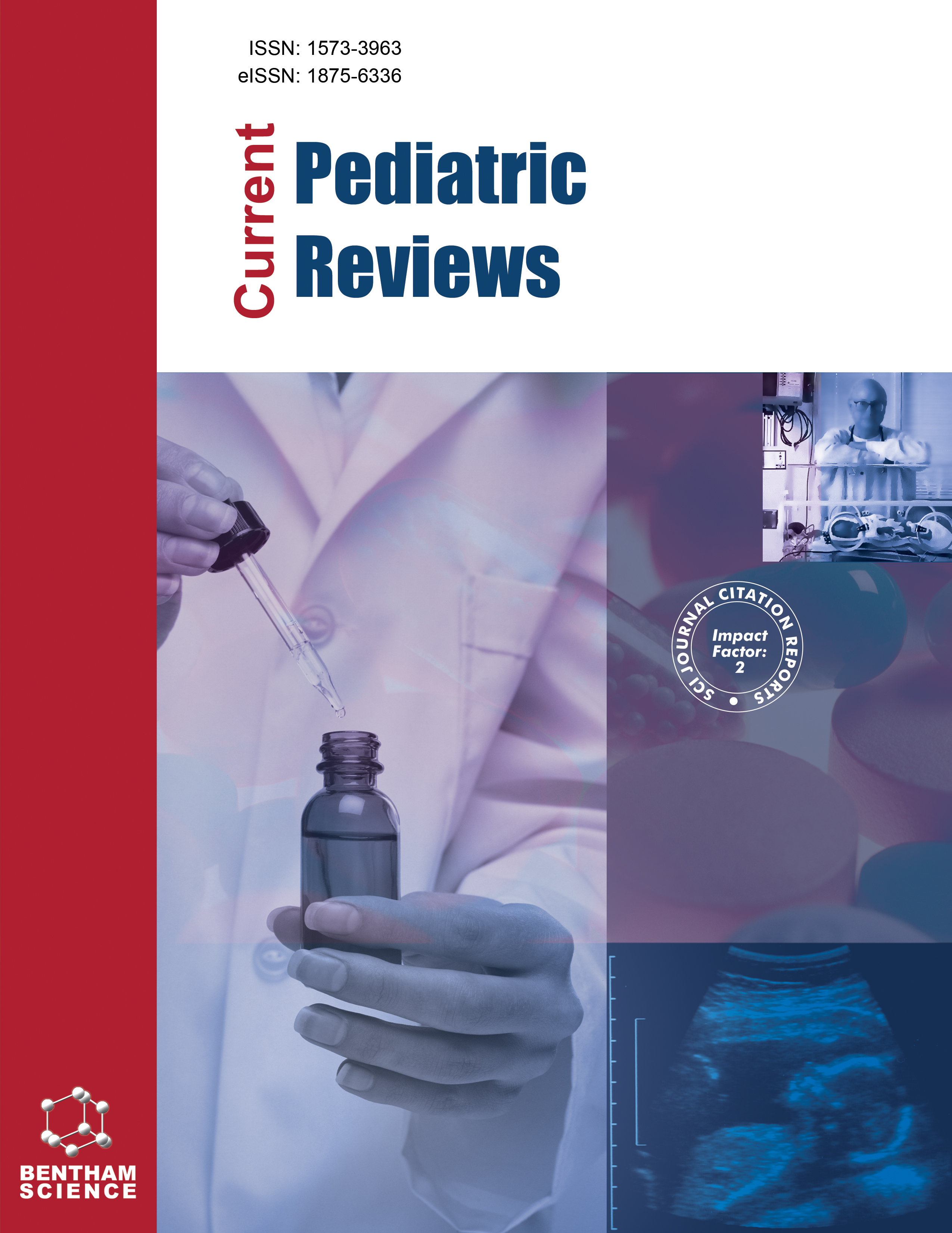-
s Magnetic Resonance Imaging of the Preterm Infant Brain
- Source: Current Pediatric Reviews, Volume 10, Issue 1, Feb 2014, p. 48 - 55
-
- 01 Feb 2014
Abstract
Despite improvements in neonatal care, survivors of preterm birth are still at a significantly increased risk of developing life-long neurological difficulties including cerebral palsy and cognitive difficulties. Cranial ultrasound is routinely used in neonatal practice, but has a low sensitivity for identifying later neurodevelopmental difficulties. Magnetic Resonance Imaging (MRI) can be used to identify intracranial abnormalities with greater diagnostic accuracy in preterm infants, and theoretically might improve the planning and targeting of long-term neurodevelopmental care; reducing parental stress and unplanned healthcare utilisation; and ultimately may improve healthcare cost effectiveness. Furthermore, MR imaging offers the advantage of allowing the quantitative assessment of the integrity, growth and function of intracranial structures, thereby providing the means to develop sensitive biomarkers which may be predictive of later neurological impairment. However further work is needed to define the accuracy and value of diagnosis by MR and the techniques’s precise role in care pathways for preterm infants.


